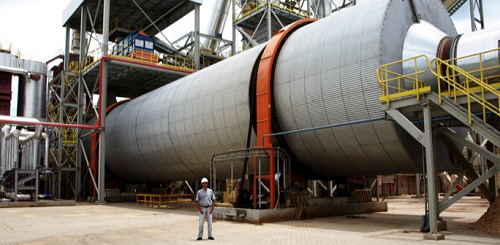Technical Note SB56: Combustible gas - dryer systems hazards and best practices
Extracted from Canadian Biomass, June 26, 2019, by Kevin Ericsson

What is combustible gas?
Syngas: According to EnggCyclopedia, “Syngas is a mixture of Carbon Monoxide and Hydrogen which is the product of oxygen gasification of organic material such as biomass. After clean up, syngas can be used to produce organic molecules such as synthetic natural gas (SNG-methane (CH4)) or liquid biofuel such as synthetic diesel. Syngas is the term generally used for a mixture of combustible gases. So typically a syngas mixture will constitute only of hydrogen and carbon monoxide, with possibility of having carbon dioxide content sometimes. If the gasification product contains significant amount of non-combustible gases such as nitrogen and carbon dioxide, the term used for such mixtures is ‘Producer Gas’ ”. The heating value of syngas varies from 11 to 18 MJ/m3 depending upon its constituents which is about 10 per cent of the heating value of Propane or Natural gas.
Producer Gas: According to EnggCyclopedia, “Producer gas is a mixture of combustible (Hydrogen, Methane and Carbon Monoxide) and non-combustible (Nitrogen, Carbon dioxide) gases. The heating value of producer gas varies from 4.5 to 6 MJ/m3 depending upon its constituents. Similar to syngas, producer gas is also produced by gasification of carbonaceous material such as coal or biomass. When atmospheric air is used as a gasification agent, the producer gas consist mostly of carbon monoxide, hydrogen, nitrogen, carbon dioxide and methane”.
Click here to read the full document.